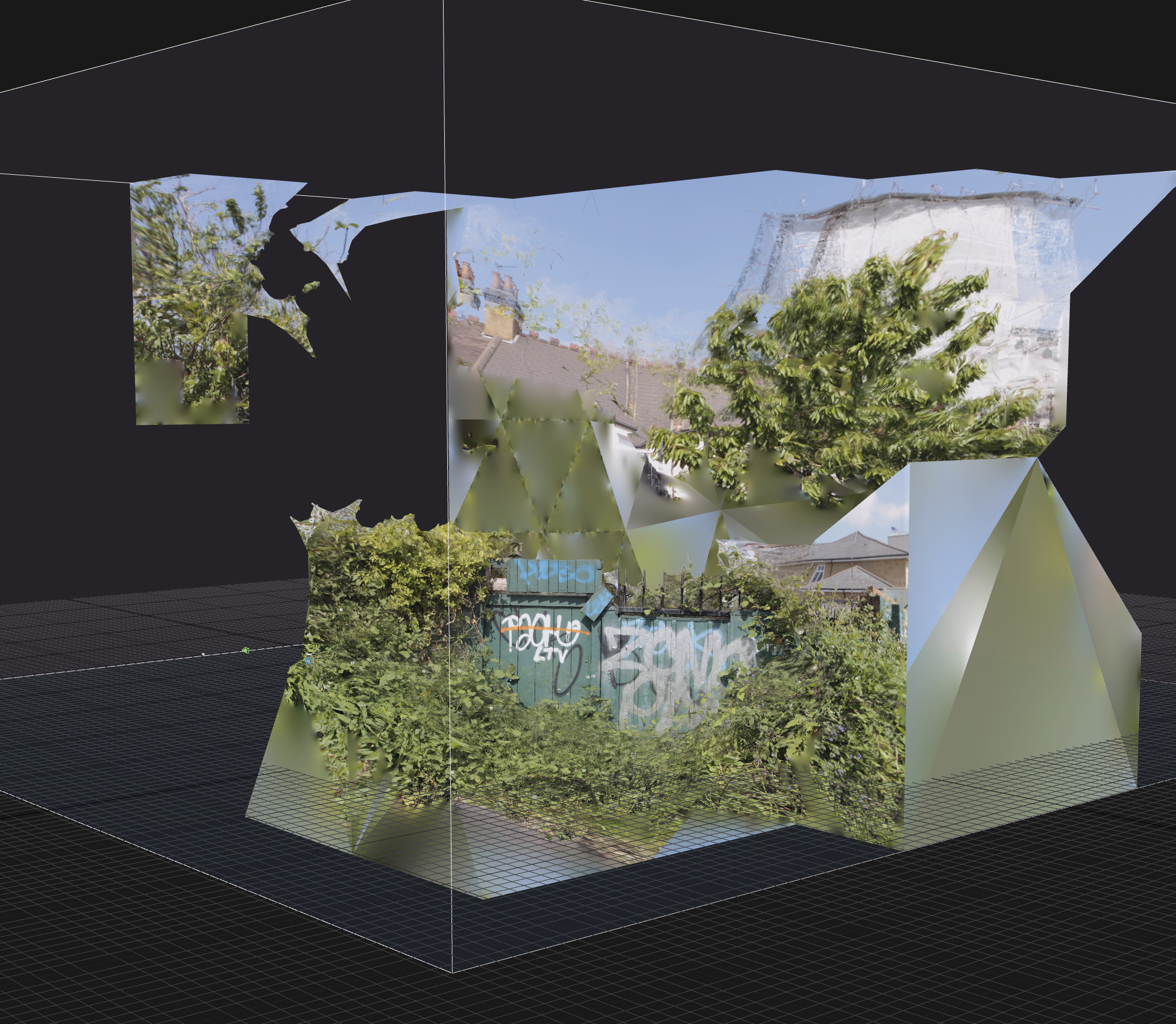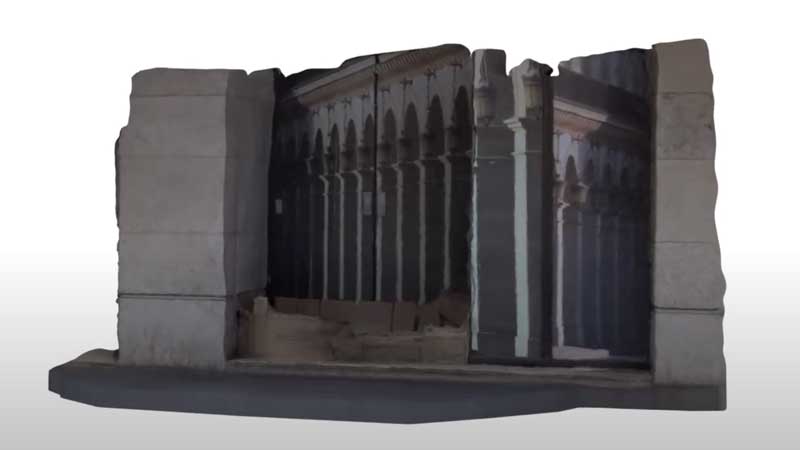Don’t paint over the thing!!!
I’ve been thinking about the value of 3D printed objects in the present, I guess that we tend to see them as valuable objects because we still have limited access to them, they cost a lot of money and time, and not everyone is able to create them, I can’t stop thinking that maybe this is but a repetition of what happened several years ago with 2D printing.
So… why paint over a 3D printed object?

Painting over it gives me the opportunity to get involved as a physical been, is accepting that even if I were able to have “digital hands”, they will not replace the experience of getting involved with the physical object, even more, the digital object changes not only by acquiring physicality by it self, but above all, by becoming bonded with the physical world. This part of the process creates a whole set of opportunities and risks transforming the precious 3D object into a quite provocative blank canvas.
Don’t destroy the shape of the thing!!!
Well, this seems worse, changing the shape of a 3D printing reveals a lack of planning, after all, if you wanted a different shape you only needed to spend more time sitting on you computer instead of trying to change what has been printed, this is a pretty strong point…
So… why re-sculpt, scratch, break or burn 3D printed object?

As I did in the previous paragraph, I’m going to answer with another question: why not? or even more, what if?.
From my point of view, once you “digitalize” something from the physical world, it becomes subject to the laws of the “digital world”, even more, it is treated as a digital good without contemplation, so why not do the same with the materialized digital object?.
I think that applying physical transformations to 3D printed objects can help us both to acknowledge their physical fragility (and flaws) and to expand their physical possibilities once we understand the existing limitations of 3D printing.
]]>



